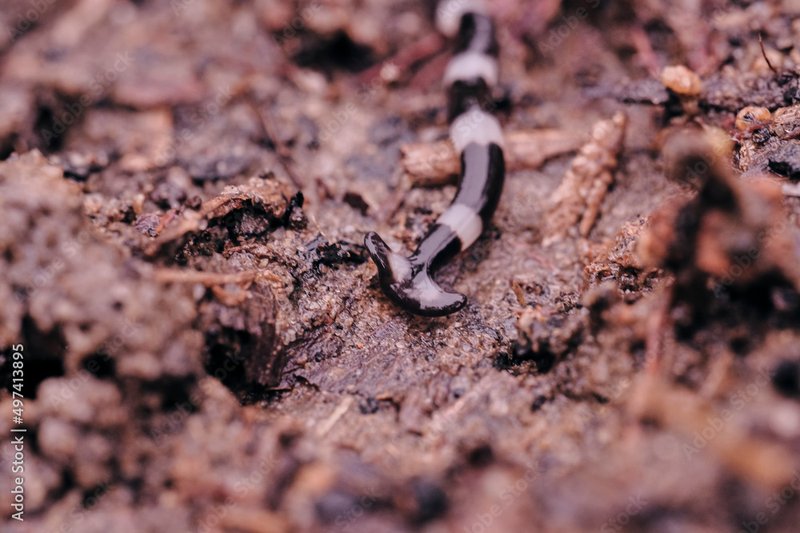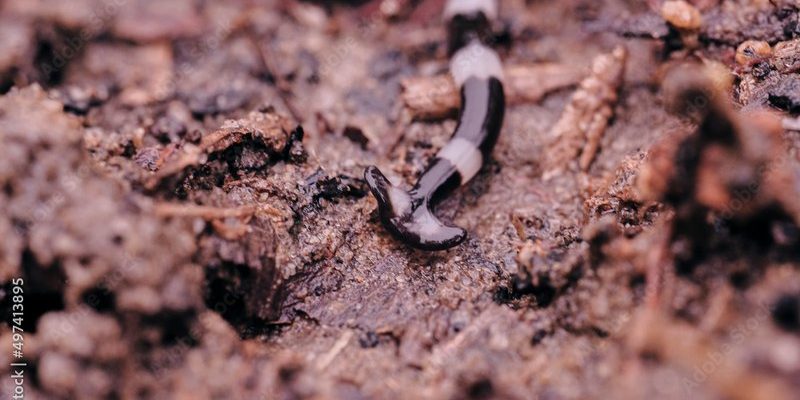
These fascinating yet problematic worms—scientific name *Bipalium kewense*—are more than just a colorful addition to the soil. They can impact local ecosystems and even the health of your garden. So, let’s explore how these creatures make their way into our gardens and what it means for you.
What are Hammerhead Worms?
Before diving into their spread, it’s helpful to know what hammerhead worms actually are. They’re named for their distinctive, hammer-like heads, which set them apart from other garden dwellers. Typically, these worms can grow up to 12 inches long and come in various hues, from brown to vibrant green. They’re pretty much the rock stars of the worm world—if rock stars were known for their harmful effects on soil.
So, why should you care about these creatures? Well, while they look intriguing, they have a rather unsettling diet. Hammerhead worms are carnivorous, feeding on earthworms and other soil organisms. Their presence can disrupt the balance in your garden and lead to soil health issues. This makes them unwelcome guests, especially for those who take pride in their gardening efforts.
How Do Hammerhead Worms Spread?
Now that we know what they are, let’s explore how these worms spread through soil and mulch. The most common way they hitch a ride into your garden is through contaminated soil. When gardeners trade or share soil and mulch, they might unknowingly pass along hammerhead worms.
Consider this: You’ve just scored some beautiful new mulch from a friend’s garden, thinking it’s the perfect topping for your flower beds. But if they had hammerhead worms lurking in their soil, now you have them too.
- Soil Exchange: When soil is traded or sold, it can carry hammerhead worms along with it.
- Mulch Sales: Many commercial mulch products may not be checked thoroughly for the presence of these worms.
This highlights the importance of knowing your source before adding anything to your garden. It’s kind of like checking the label on food; you wouldn’t want to eat anything questionable, right? The same goes for your garden soil.
The Impact of Hammerhead Worms on Ecosystems
You might be wondering why a few worms matter in the grand scheme of things. Well, their impact can be significant. Hammerhead worms primarily feed on earthworms, which are crucial for maintaining healthy soil. Earthworms aerate the soil and help with nutrient cycling—think of them as the gardeners of the underground.
When hammerhead worms reduce the earthworm population, it can lead to less fertile soil. This means your plants might struggle to grow, and your garden might not look as lush as you’d hoped. A reduction in nutrients could also affect local flora and fauna. You’re not just fighting for your garden; you’re potentially impacting the entire ecosystem.
How to Identify Hammerhead Worms
Identifying these worms is fairly straightforward, especially if you know what to look for. Here are some key characteristics:
- Distinctive Head: Their hammer-shaped head is the most recognizable feature.
- Coloration: They can range from dark brown to bright green, often with stripes.
- Size: Adults can grow quite long, reaching up to 12 inches.
If you suspect you’ve got hammerhead worms in your garden, take a closer look. They tend to thrive in damp areas, so check your mulch after rain or watering. And honestly, if you see one, it’s best to act quickly.
What to Do If You Find Hammerhead Worms
If you’ve discovered hammerhead worms in your garden, don’t panic! Here are some steps you can take to manage the situation:
1. **Remove Them:** Use gloves and a shovel to collect the worms. Make sure to dispose of them properly—don’t just toss them in another area of your garden.
2. **Check for Earthworms:** Since hammerhead worms feed on earthworms, check the soil health regularly. If their numbers decline, you might need to introduce more earthworms to rebalance the ecosystem.
3. **Prevent Future Spread:** Be cautious when acquiring soil or mulch. Purchase from reputable sources that test for pests. You don’t want to bring home an unwanted surprise!
Taking these steps can help you maintain a healthy garden. After all, prevention is easier than dealing with a larger infestation later.
Prevention Tips for Gardeners
You may be wondering how to keep hammerhead worms from making your garden their home. Here are a few proactive measures you can take:
- Buy Local: Whenever possible, purchase soil and mulch from local suppliers who have a track record of healthy products.
- Inspect Inputs: Before adding any new soil or mulch to your garden, examine it carefully for any signs of pests or unwanted worms.
- Educate Others: Share information about hammerhead worms with fellow gardeners. The more we know, the better we can protect our gardens.
These steps might seem simple, but they can go a long way in ensuring your garden remains a thriving, healthy space. It’s all about being mindful of what you introduce to your environment.
Hammerhead worms may not be the type of visitors you’d want in your garden, but with the right knowledge, you can keep them at bay. Since they often spread through soil and mulch trade, it’s crucial to be vigilant about what you bring home. Always inspect soil, mulch, or plants from unknown sources, and share information with your gardening community.
As you grow your garden, remember that a little bit of knowledge can go a long way. By understanding how hammerhead worms spread and their impact, you can take the steps necessary to protect your beloved plants. So, dig in, have fun, and keep those hammerheads out!

